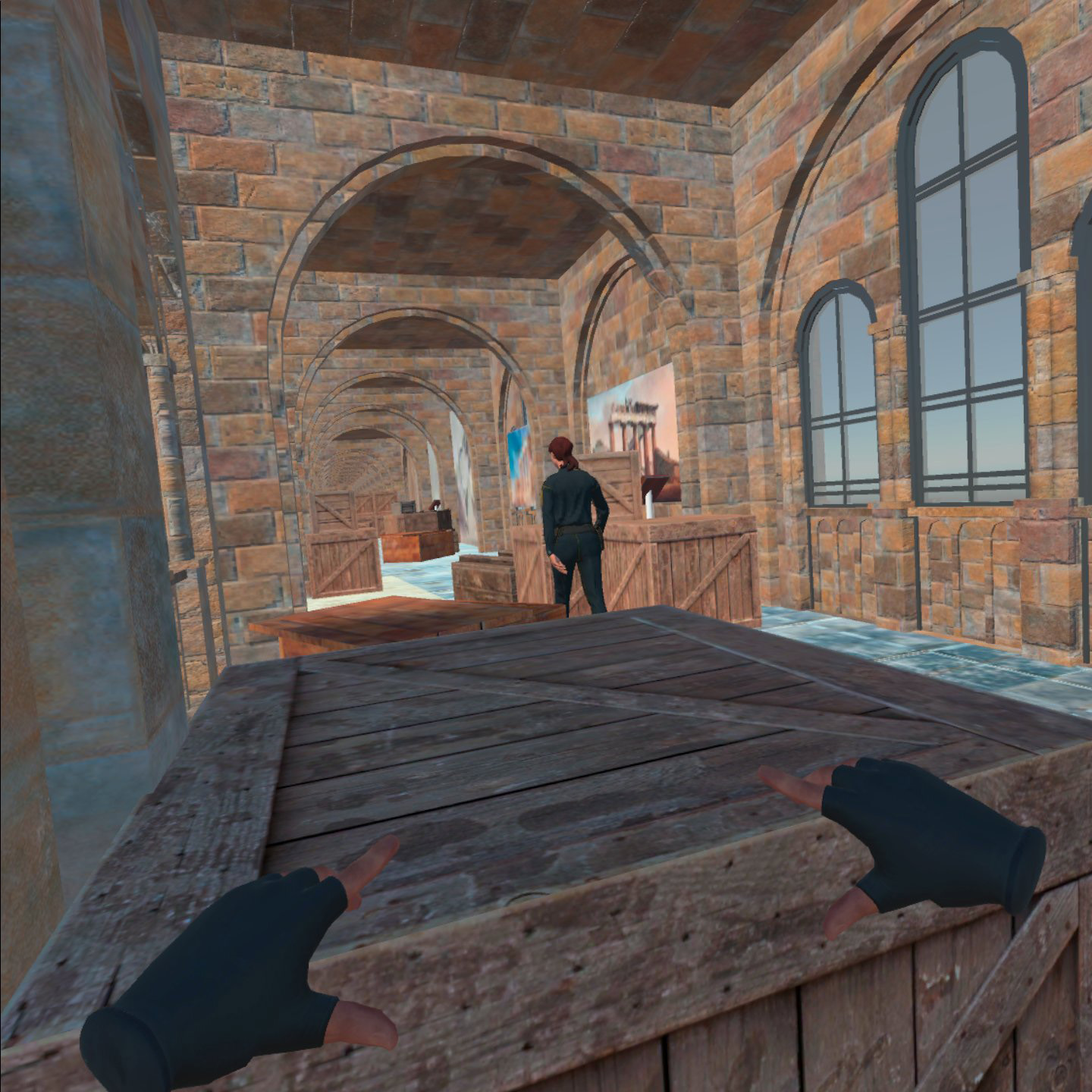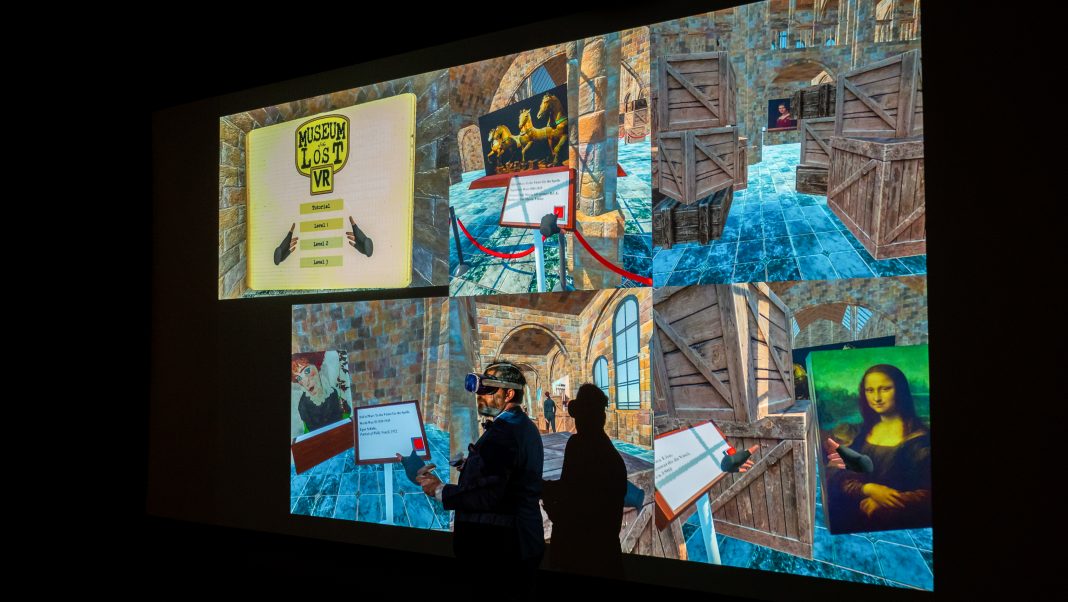The work of James Hutson, Lead XR Disruptor, Department Head at Lindenwood University, concerning bridging realities is placed under the spotlight
As the overseer of the XR and Gaming Lab in the Immersive Arts and Culture Hub and the Head of VR Champions across all units at the institution, Dr. Hutson is at the vanguard of researching and implementing game-infused learning paradigms within immersive environments. An example of such efforts can be found in projects like The Museum of the Lost VR and a growing body of scholarly contributions illuminating the nuances of XR and gamification in modern-day education.
The necessity of interdisciplinarity
Dr. James Hutson’s academic endeavors present a vibrant tableau of interdisciplinary inquiry, markedly within the domains of gamification in education and Extended Reality (XR). The array of his scholarly outputs – encompassing numerous articles, book chapters, and a forthcoming book titled Art and Culture in the Multiverse of Metaverses: Immersion, Presence, and Interactivity in the Digital Age – illustrate a sustained engagement with the pedagogical affordances of immersive technologies.
Each piece of his scholarly repertoire contributes to a broader discourse on how emerging digital landscapes can be navigated to enrich learning experiences.
For instance, his editorials in esteemed publications such as the Journal of Media and Management and Games and Culture act as conduits for disseminating nuanced understandings of the symbiotic relationship between XR, gamification, and enhanced educational paradigms.
A particular elucidation of this synergy is seen in his publication, “A Virtual Reality Educational Game for the Ethics of Cultural Heritage Repatriation,” published in Games and Culture (18(6), 759–782). Through this work, Dr. Hutson delves into the experiential realms of Virtual Reality (VR) to foster a nuanced debate on the repatriation of artworks, thereby illustrating the potency of XR in catalyzing active learning and critical discourse amongst learners.
Further, his collaborative works like Rethinking Virtual Reality Field Trips: Pedagogical Strategies for Classroom Instruction, and “Haptic Preservation of Cultural Ephemera: An Extended Reality Solution Using Stereoscopic Experience Replication for Victorian Parlor Culture”, coalesce around the core idea of leveraging XR to foster a deeper engagement with historical and cultural contexts.
These works reflect a broader ethos of interdisciplinary engagement, positing XR and gamification not as mere tools, but as profound pedagogical strategies capable of bridging the chasm between theoretical knowledge and experiential learning.

The Museum of the Lost VR: An exemplary edugame
One of the stellar exemplars of Dr. Hutson’s work is the educational video game, the Museum of the Lost VR. This award-winning educational video game propels players into a meticulously designed virtual museum, wherein they encounter stolen or looted artworks. Through the interactive narrative, players embark on an exploratory journey that delves into the intricate ethics of repatriation and the legal frameworks surrounding cultural heritage.
As players navigate through the virtual museum, they are presented with various scenarios and challenges that require them to employ critical thinking, problem-solving, and ethical reasoning. For instance, they might encounter a looted artifact and be tasked with deciding its rightful ownership or determining the legal and ethical steps towards its repatriation.
Through such interactive scenarios, the game exemplifies how gamification elements, such as challenges and rewards, can be woven into XR environments to foster a deeper engagement with complex ethical and legal issues.
Gamification and XR: A pedagogical symbiosis
The conceptual framework of gamification, characterized by elements such as badges, leaderboards, and rewards, aligns seamlessly with the innate human inclination towards achievement and competition. When melded with Extended Reality (XR), gamification metamorphoses traditional educational engagements into enthralling, immersive learning journeys.
Dr. Hutson’s scholarly explorations venture deep into the realms of such gamified XR environments, elucidating the numerous avenues through which they can amplify engagement, stoke motivation, and enhance learning outcomes.
In the heart of this symbiotic relationship between gamification and XR lies the potential to transform the pedagogical landscape. Dr. Hutson’s work delineates the efficacy of Virtual Reality (VR) in fostering active and profound discussions on complex issues such as artwork repatriation in educational settings; a facet articulated in his publication in Games and Culture (18(6), 759–782). Through VR, learners are not merely passive recipients of information; instead, they become active participants in a vividly rendered, interactive learning environment.
Future horizons: GenAI & personalized learning
The emergence of Generative Artificial Intelligence (GenAI) hints at a future where personalized learning is the norm. The literature suggests that the amalgam of GenAI with gamified XR learning environments, as explored by Dr. Hutson, could significantly enhance student engagement. The transition towards personalized, game-centric, and immersive learning methodologies underscores the necessity of evolving pedagogical strategies to resonate with digital native learners.
Dr. James Hutson’s endeavors at Lindenwood University epitomize a robust scholarly and practical engagement with the realms of XR and gamification. His work, exemplified through projects like The Museum of the Lost VR and a substantial body of academic contributions, underscores the transformative potential of integrating gamification with XR technologies in education.
The symbiotic relationship between these domains, as explored by Dr. Hutson, heralds a promising trajectory for contemporary pedagogical practices, especially in the face of emerging technologies like GenAI.

This work is licensed under Creative Commons Attribution-NonCommercial-NoDerivatives 4.0 International.


